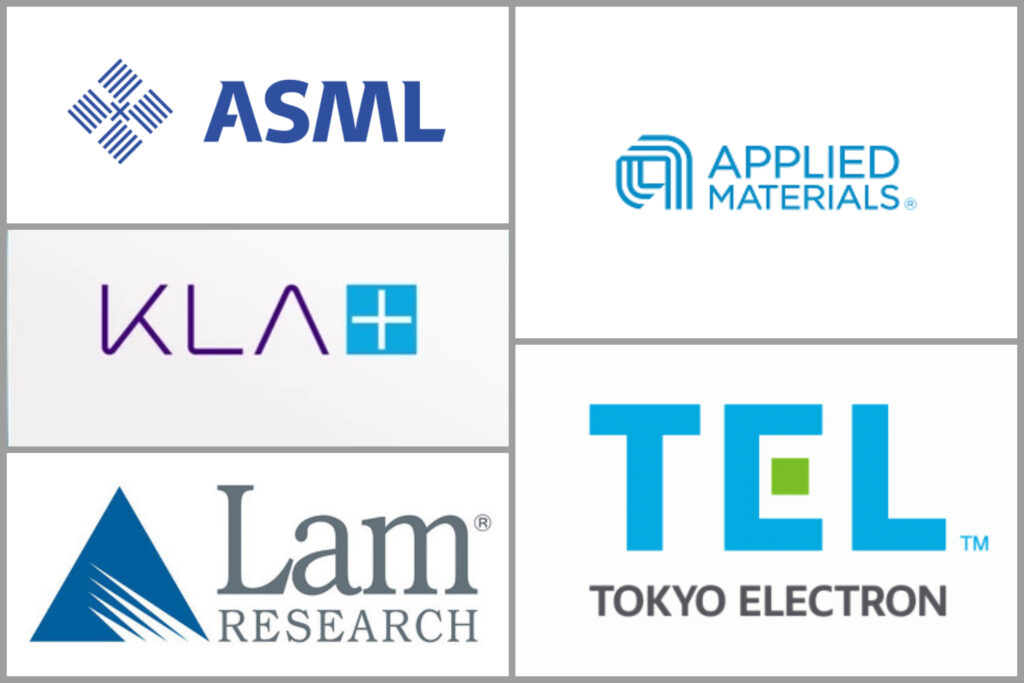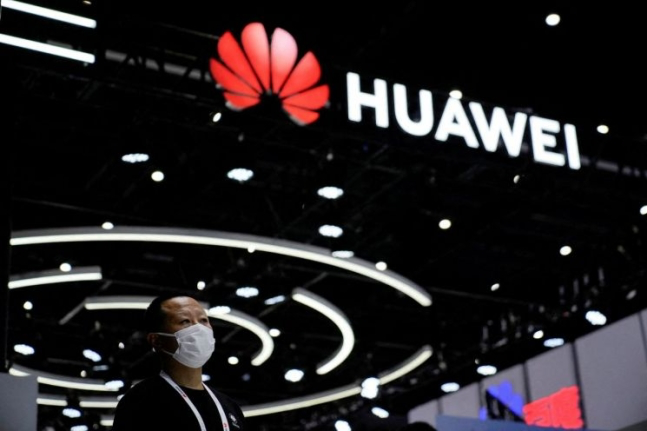
Japan and the Netherlands, which are building a global three-tier system with the U.S., have joined the export control of semiconductors to China, forming a joint front against China, and are reinforcing sanctions against China every day. Due to repeated U.S. sanctions, China’s independence of semiconductor technology, which is the strategic goal of Xi Jinping’s third term, is also expected to face a rough road. Citing internal sources in the Biden administration, the U.S. Department of Commerce reported that it has notified some companies that it will not grant licenses to export U.S. technology to Huawei. The U.S. Department of Commerce has raised the level of sanctions to suspend some export permits for Huawei, which have been limitedly allowed.
A source familiar with the matter said that the plan to ban the supply of parts to Huawei is in the early stages of discussion, and it is unclear when the U.S. administration’s policy change will take place. Some sources said that the ban on Huawei’s exports is likely to be introduced in May, the fourth anniversary of the Trump administration’s listing of Huawei on the export control list.
Earlier in May 2019, the U.S. considered Huawei a national security threat and put it on the “entity list” for major semiconductor parts transactions, but since then, it has allowed limited exports of some items that are not related to 5G core products.
If this measure is implemented, the U.S. company’s market to Huawei will also be blocked, but the impact will not be significant. According to Bloomberg’s own analysis, Huawei accounts for less than 1% of the total sales of Qualcomm, Intel, and AMD.

The Biden administration continues to put tougher pressure on China than the Trump administration in high-tech fields. Following the announcement of a comprehensive export control policy for semiconductors used in artificial intelligence and supercomputers in October last year, 36 Chinese companies, including YMTC (Yangtzu Memory Technology), which supplied semiconductors to Huawei, were included in the export control list in December.
Foreign media reported that such a series of regulatory measures are aimed at slowing the development of artificial functional technology, semiconductor technology that is used in all directions for the development of nuclear weapons and hypersonic missiles, and the progress of China’ Alan Estevez, U.S. Deputy Secretary of Commerce for Industrial Security, said, “We will strictly limit our ability to use advanced technologies such as semiconductors for military modernization for national security.”
Recently, Japan and the Netherlands also joined in controlling exports to China. As a result, the world’s top five semiconductor equipment companies, including Applied Materials, Ram Research, KLA, ASML in the Netherlands, and Tokyo Electron in Japan, formed a combined anti-China front, forming a pressure structure against China. China is the world’s largest semiconductor market, accounting for 36% of global demand. According to IC Insights, a market research firm, the global semiconductor chip market was $510 billion as of the end of 2021, of which the Chinese market was $186.5 billion. Semiconductors produced in China account for 17% of the total Chinese semiconductor market, but the self-sufficiency rate is impossible in single digits except for semiconductors produced by global semiconductor companies based in China. The Chinese government has pledged to achieve 70% of semiconductor self-sufficiency in 2025, but it is unlikely to achieve its goal due to the aftermath of U.S. sanctions.
KS CHOI
ASIA JOURNAL



